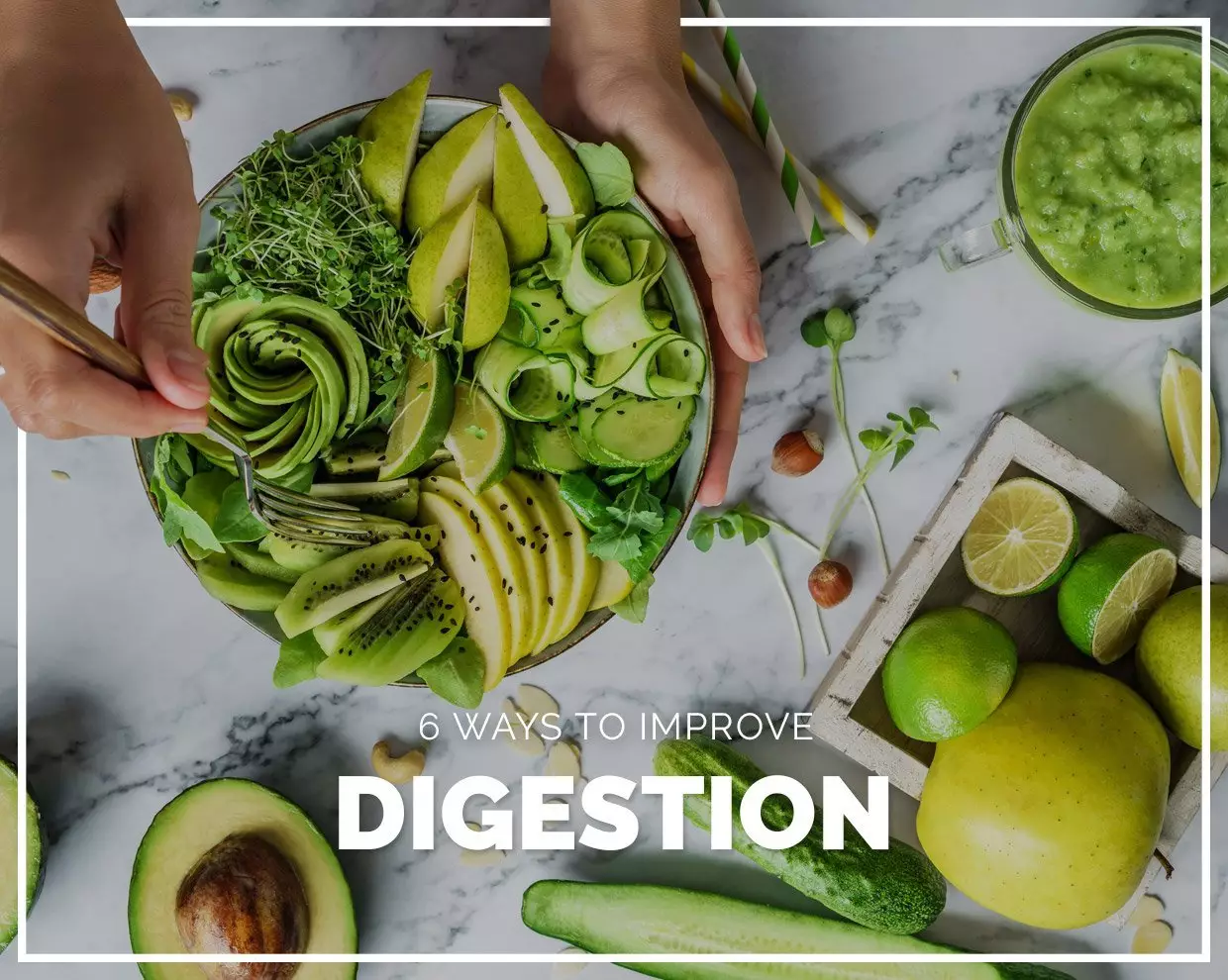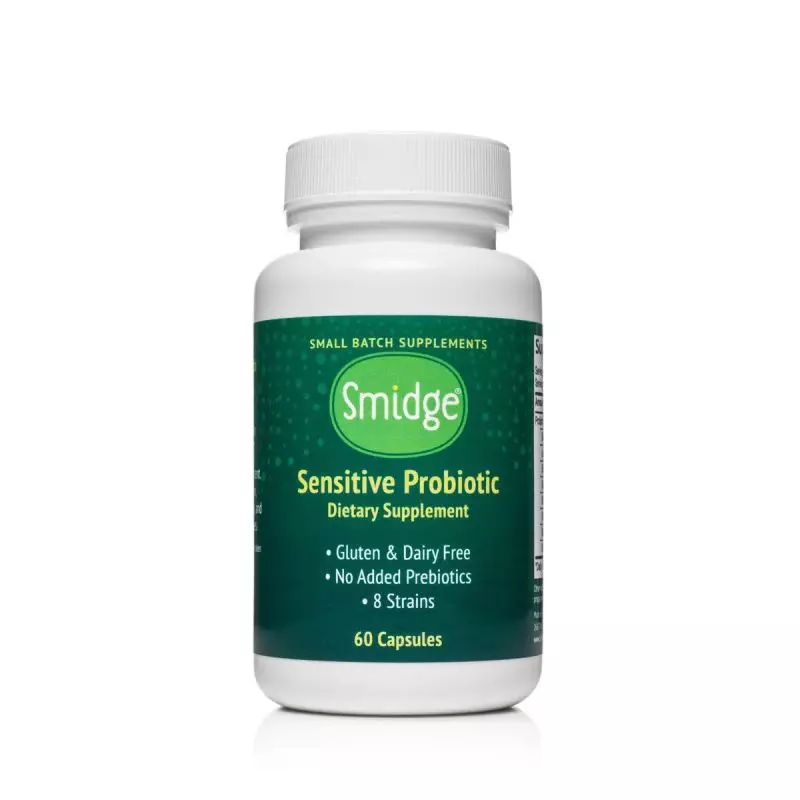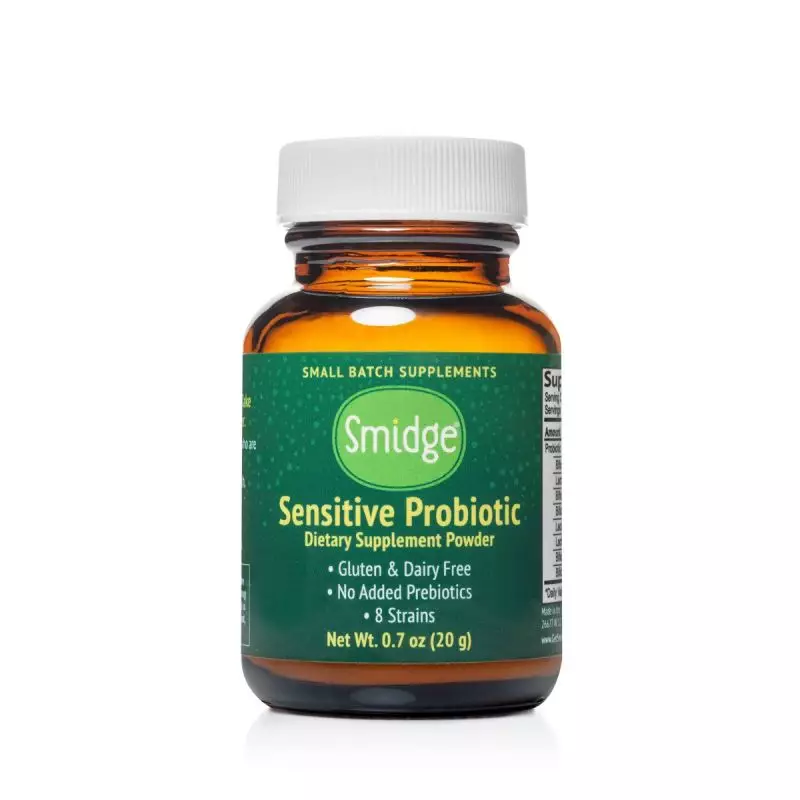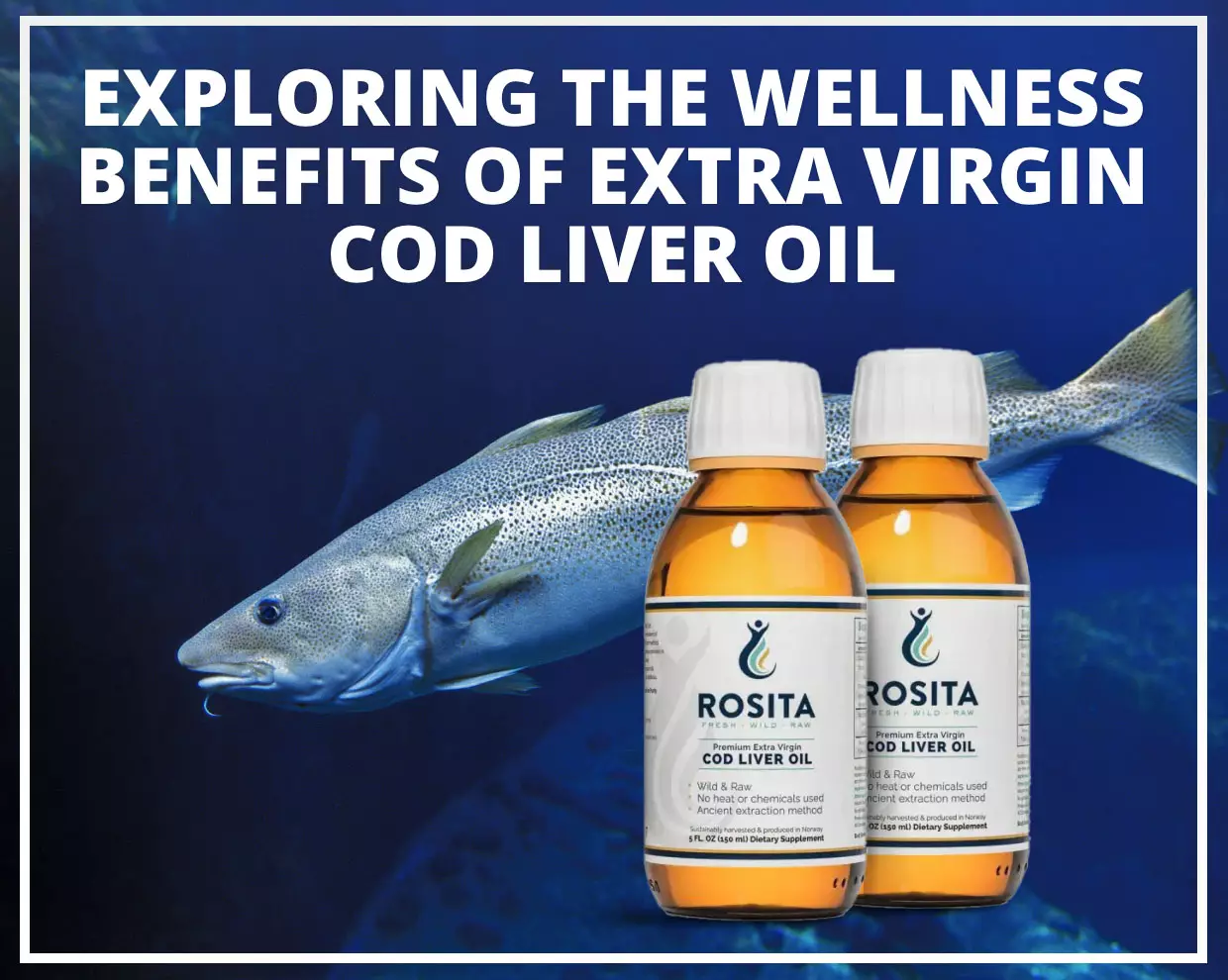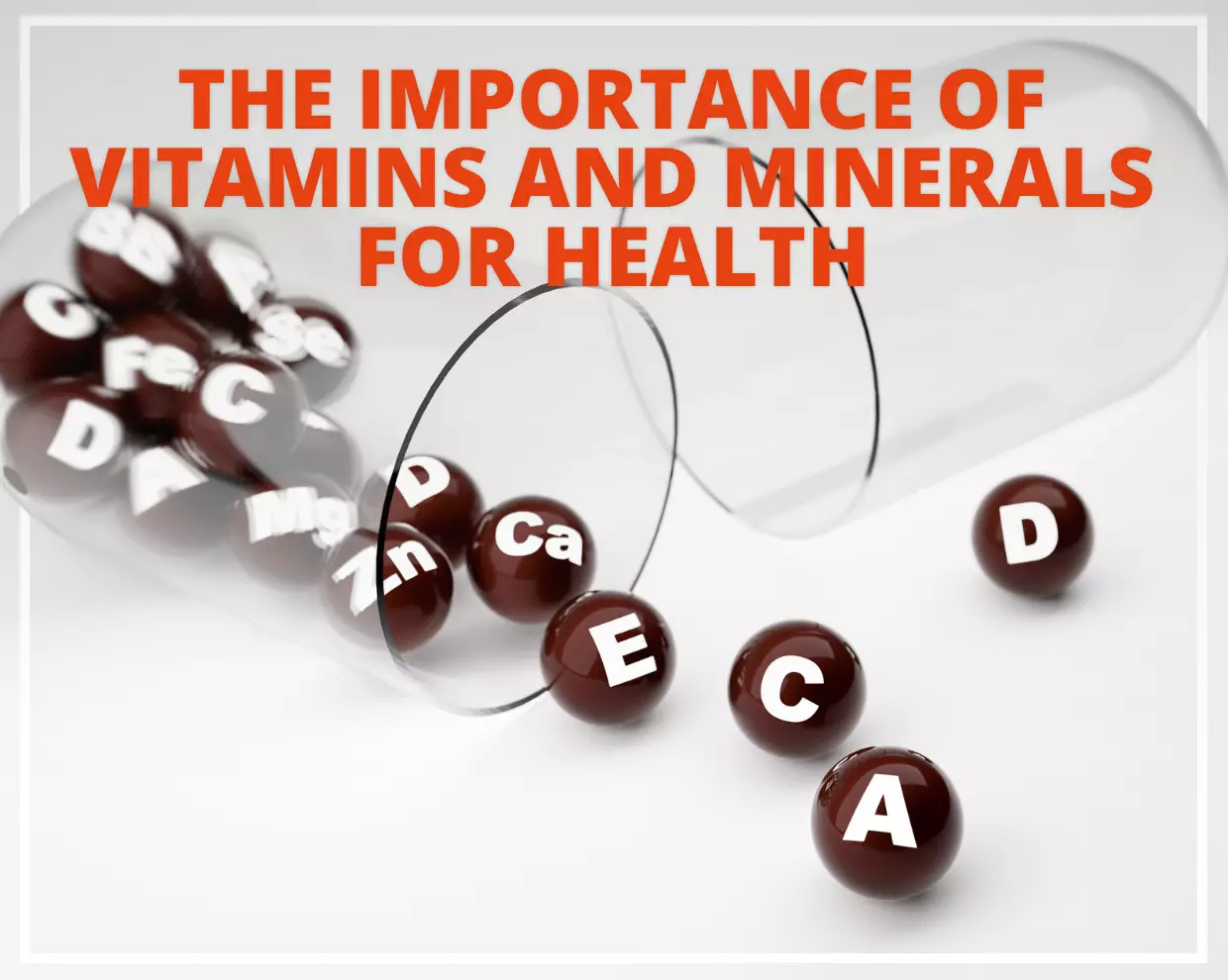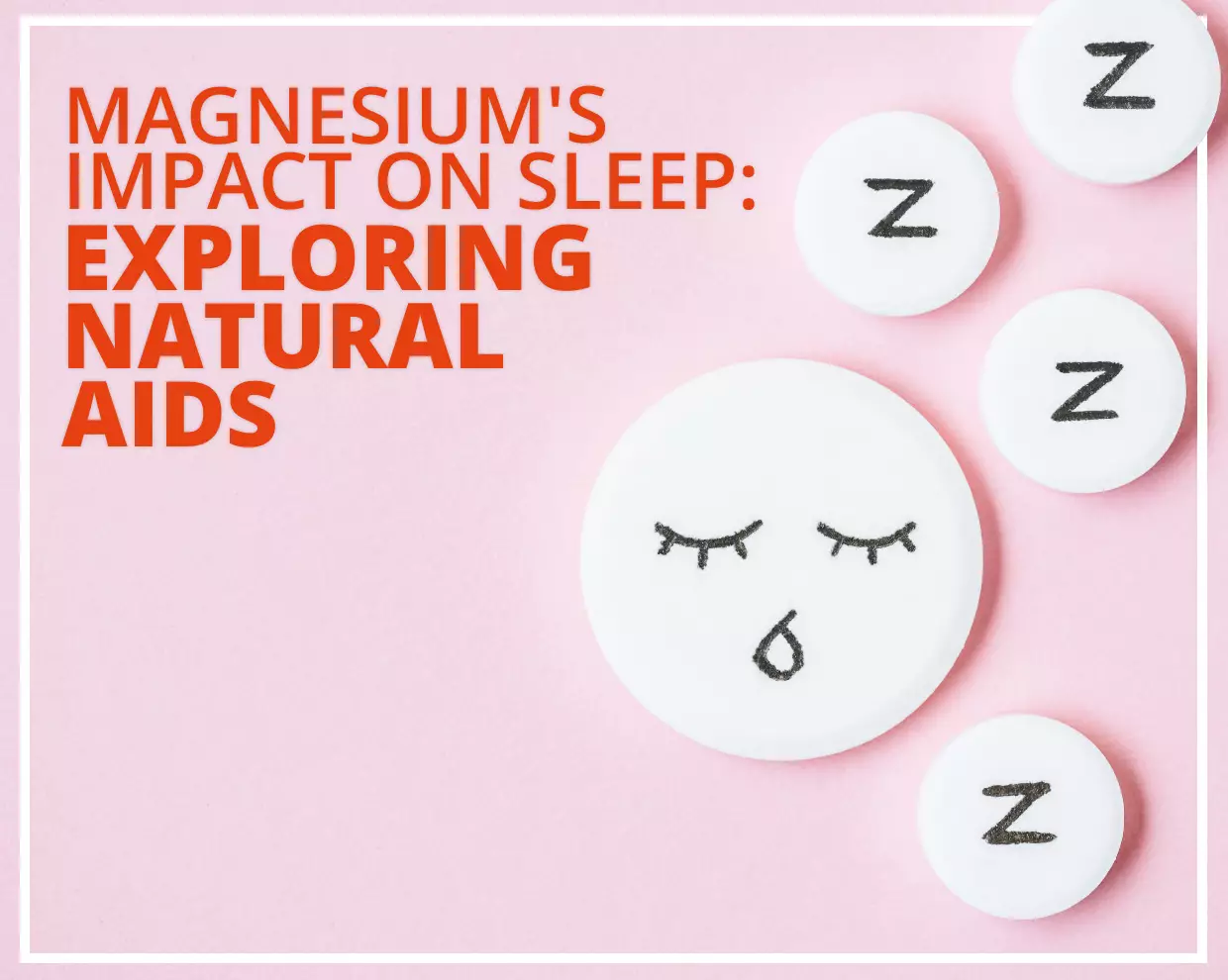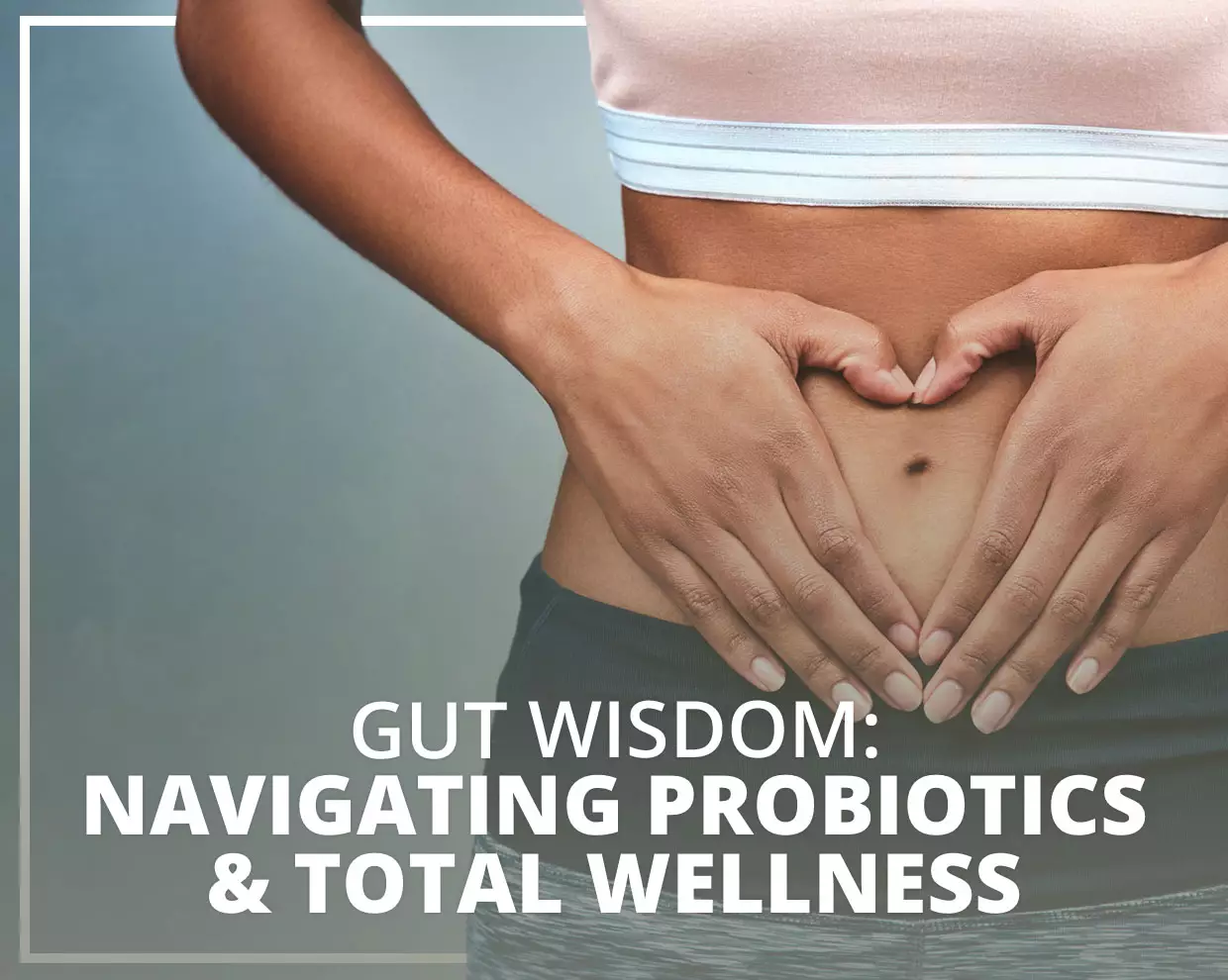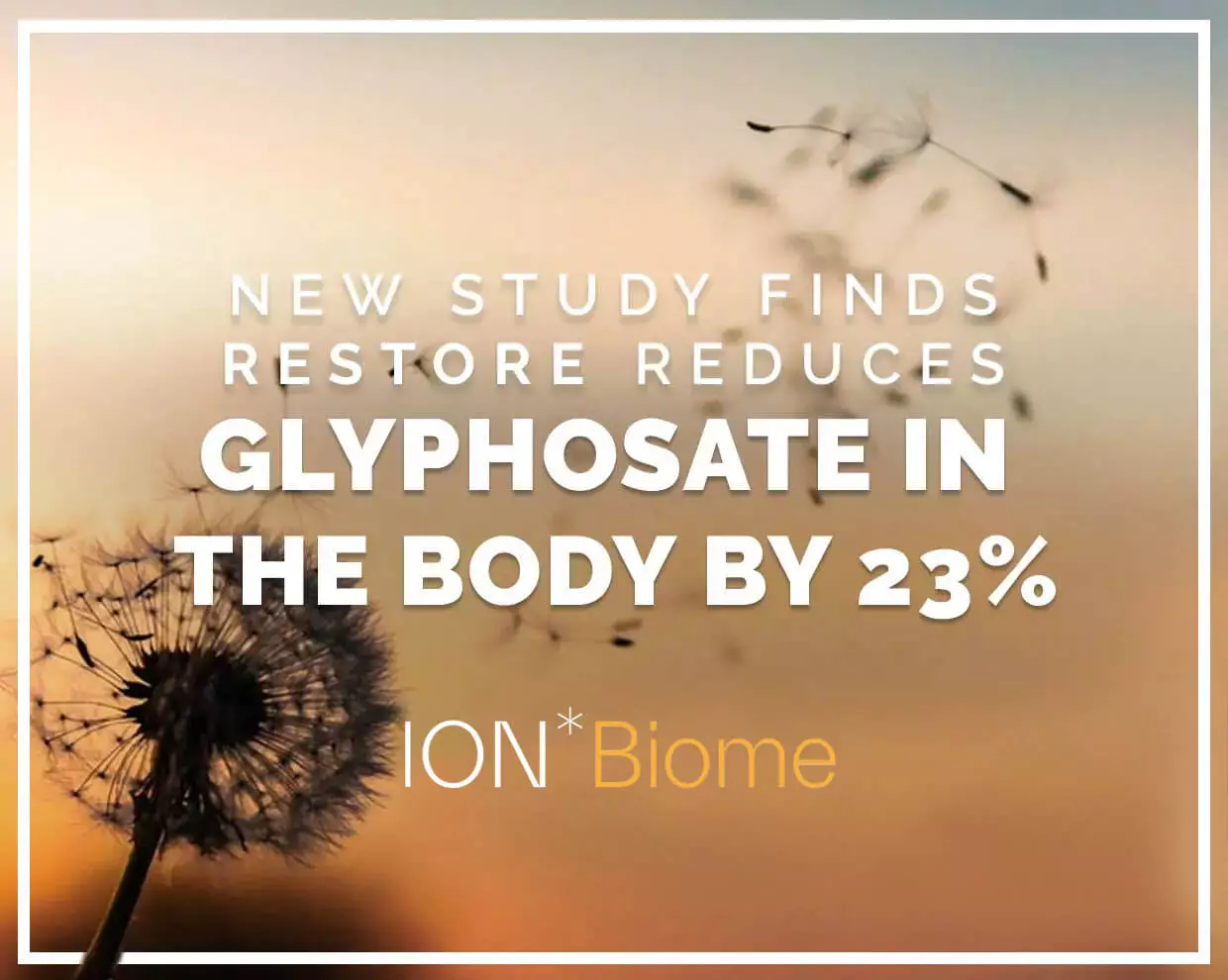Digestion starts in the brain
Digestion begins in our brains, from the moment we think about what we are about to eat, to the smell of the food in front of us. These processes play a crucial role in stimulating our digestive juices, saliva, enzymes and hormones in preparation for the food entering our mouth. But in order to feed our body, we should create the right environment around us. We should be in a relaxed state, calm and away from external stressors, and fully present, able to smell our food and take our time eating it. But many of us eat on the move, or while we’re in a stressed state, which can impact the digestion of our food. Just a few basic breathing exercises or 10 minutes of meditation before eating can help stimulate the parasympathetic nervous system and shut down our stress response, meaning we’re better equipped to optimally digest the food we eat. And simply thinking about your meal, the smell and the sight of food, can prepare your body for the process of digestion, preventing symptoms such as constipation, bloating and excess gas which can result from improper secretion of enzymes and acids.
The role of our mouth
While our teeth break down food, increasing its surface area, the saliva in our mouth begins the digestion process(1). Our tongues are filled with immune cells, which investigate everything that we swallow, determining whether it’s safe or unsafe. When we chew, digestive enzymes are released such as lipase, which breaks down fats, protease, which breaks down protein, and amylase, which breaks down carbohydrates. Chewing in the mouth also stimulates the production of a hormone from the parotid glands, which helps stimulate the production of T cells, which also play a crucial role in the function of the immune system. Chewing food thoroughly helps increase the surface area of the food particles, so that the body is able to more easily continue the breakdown process. When we wash down food with lots of fluids, we dilute the enzymes that helps break them down, which disrupts the whole process of digestion in the mouth. To avoid this, it’s best to drink fluids 30 minutes before and 30 minutes after eating. Additionally, using bitter herbal tinctures before eating, for example, those with dandelion root, can also be an effective way of increasing the natural production of acids and enzymes. Depending on your needs, we recommend Smidge probiotics and GutZyme enzyme supplement.
The role of the stomach
Although very little absorption of food takes place in the stomach, it acts as a blender, with its multiple layers of muscle churning and tossing our food to help mix it with the gastric juices for digestion. One important gastric juice is hydrochloric acid (HCI), which is crucial for helping to kill off any bacteria that might be on the food. The lower your HCI levels, the higher your risk of developing an infection or “stomach bug” from bacteria-laden food. Low HCI levels can also lead to poor digestion further down the line in the small intestine, since it is the HCI production that stimulates other enzymes to be released. Intrinsic factor is another substance that aids digestion, helping to bind to vitamin B12 so that it can be easily absorbed into the small intestine. Low levels of intrinsic factor can be a major cause of low B12 levels, which can cause issues like anaemia and low energy levels. Physiological issues such as chronic stress can have negative effects on the production of gastric juices, which is why it’s so important to eat in a relaxed setting and to help support the digestive process by chewing your food as thoroughly as you can, and avoiding drinking excess fluids. If you suspect you might have low vitamin B12, then it’s best to see a Functional Medicine practitioner to test how much HCl and intrinsic factor your body is producing.
The role of the small intestine
The small intestine is roughly 20 feet long, could cover the size of the tennis court, and is where most of the absorption of key nutrients takes place. As partially digested food enters the small intestine, our body squirts digestive enzymes and fat solvents onto it, helping to break down into smaller particles. Our body absorbs most of the nutrients from our food from within the small intestine, through tiny blood vessels called villi that protrude from the surface of our small intestine. And it has three main sections, each with different roles: the duodenum is the first section, which helps absorb many minerals and water-soluble vitamins such as B vitamins and Vitamin C, as well as most of the fat we eat. Proteins and carbohydrates are then digested in the jejunum, and then in the final phase, the ileum, nutrients such as B12 and cholesterol are absorbed(2). With protein, pepsinogen is converted to pepsin, and the amino acids are then delivered to the duodenum, where pancreatic proenzymes trigger the further breakdown of these proteins into amino acids, dipeptides and tripeptides, which are then transported around the body(3).
Finally, the digested food particles make its way to the large intestine —digestion’s penultimate stop — which extracts the last remaining nutrition from the leftovers over a course of about sixteen hours, including water, salt, vitamin K, short-chain fatty acids and potassium. In our large intestine lives the majority of our gut bacteria, whose function is to break down the last particles of nutrients from the food that might have been missed. These different strains of bacteria break down protein, carbohydrates and fats, but they also produce key nutrients as a byproduct, which we absorb directly into our gut.
The role of probiotics and probiotics
Probiotic foods are foods that have been fermented, which help supply our gut with a diverse range of bacteria that symbiotically help synthesise vitamins, improve the digestion and absorption of the foods we eat and regulate our immune function. Foods such as kimchee, kombucha, kefir, yogurt, sauerkraut, tempeh, miso, natty and fermented or pickled vegetables nourish the ecosystem of bacteria in our gut, and the more diverse the ecosystem, the more our bodies are able to thrive.
Prebiotic foods, on the other hand, are crucial for fuelling probiotic foods and helping the bacteria to thrive. Some prebiotic foods include garlic, onions, dandelion greens, bananas, asparagus, aubergine, leeks and radish. Slow starches such as sweet potato, plantains, also provide an important source of prebiotic fuel.
Prebiotic foods literally feed probiotics, resulting in the production of Butyric acid, which is the fuel for the cells that line the colon and helps acidify our gut, making it harder for harmful bacteria to survive. Slowly introducing a range of prebiotic and probiotic foods into your diet can significantly improve the health of your gut, and in turn your immune system.
Our most requested probiotics are Smidge Sensitive Probiotics. To see our full range of recommended probiotics click here.
Get tested
If you believe you’re suffering from nutrient deficiencies, or have any symptoms associated with poor gut health, we offer non-invasive testing for nutritional deficiencies, and pathogen testing including H.Pylori and SIBO through our health coaching service — get in touch if you are interested.
Summary
1. Promote the intake of prebiotic and probiotic foods to maintain a healthy gut microflora.
2. Eat half a plate of colourful, phytonutrient-rich plant-based foods in each meal to increase nutrient diversity and fibre (which helps keep stools loose).
3. Practice mindful eating to help increase saliva and enzymes, and tap into your parasympathetic nervous system rather than eating in a state of stress, when you’re in sympathetic nervous system mode.
4. Don’t eat on the run — reduce environmental stressors and slow down and increase your chewing.
5. Try introducing digestive enzymes like Smidge probiotics and GutZyme to help with food absorption.
6. Get tested if your digestion is less than optimal, with the help of our Functional Health Coaching service.
References
1 Saliva and gastrointestinal functions of taste, mastication, swallowing and digestion
2 Physiology, Small Bowel
3 Physiology of Intestinal Absorption and Secretion

 AU Store
AU Store  UK Store
UK Store NZ Store
NZ Store EU Store
EU Store

